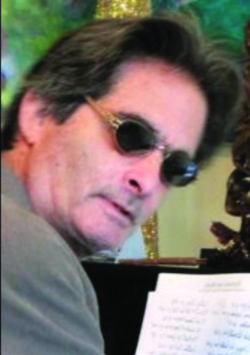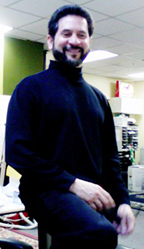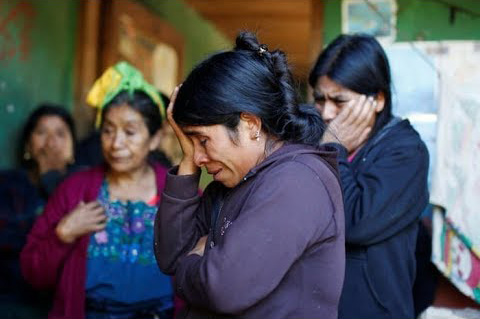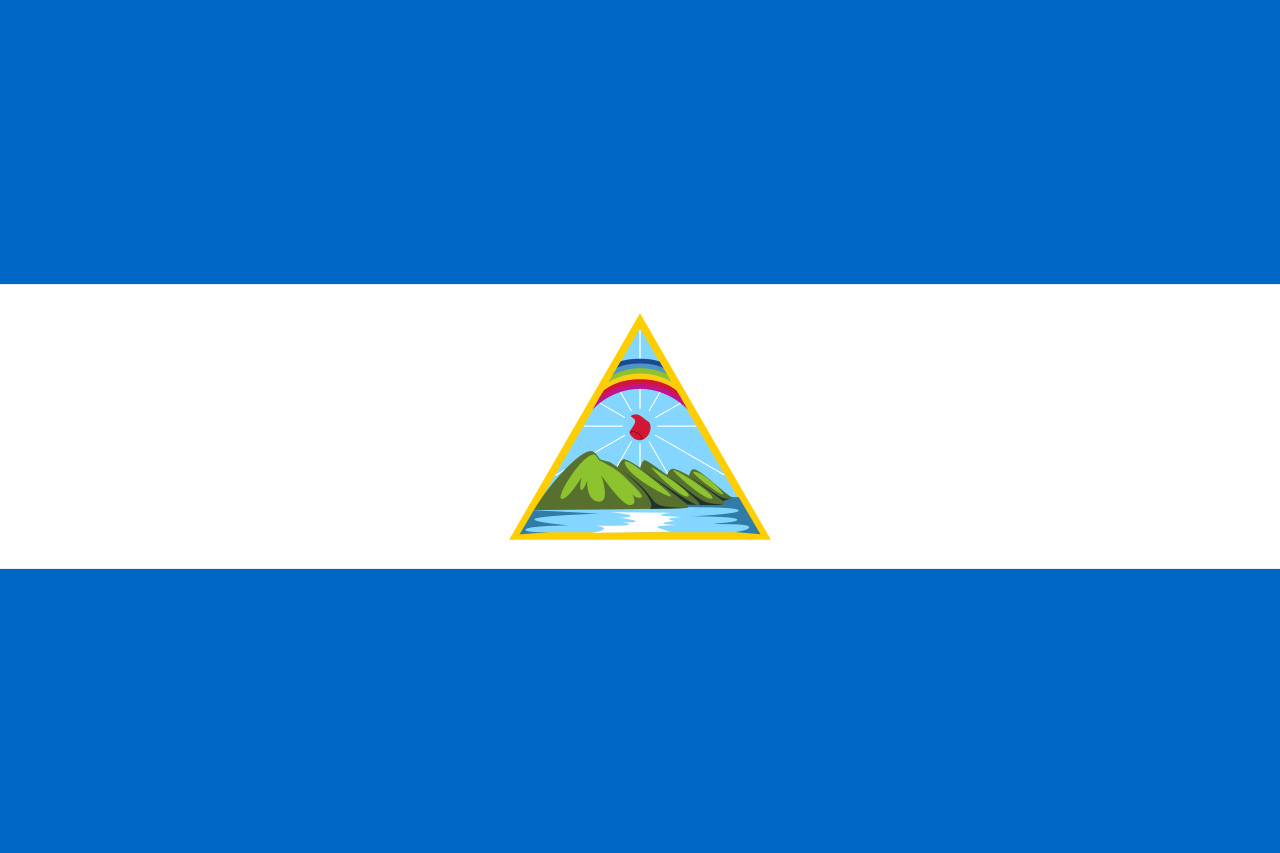Amid Venezuela’s collapse, Nicolás Maduro has locked up those accused of criticizing his regime – often without due process
by Joe Parkin Daniels in Bogotá
Geraldine Chacón, a 24-year-old lawyer from Caracas, went four months without seeing the sun while a prisoner in the Helicoide, the feared hillside prison complex administered by Venezuela’s secret police, where she was denied access to sunlight, water and food.
“The guards told me I was a political prisoner, and for that I don’t get anything,” said Chacón, speaking by phone from Caracas, where she is on conditional release. “Without seeing the sun, you lose a sense of time, you don’t know if it’s day or night – it’s horrible.”
Chacón’s crime was to be a human rights defender in Venezuela.
Her role as the director of Community Ambassadors – a foundation which provides legal training for disadvantaged youth – put her in the crosshairs of the security forces, who have been systematic in weeding out perceived dissent. She had previously founded Amnesty International’s youth movement in Venezuela while at university.
One of her colleagues, Gregory Hinds, was also arrested and held in the Helicoide compound for months at the same time. Others from Community Ambassadors have fled the country.
Venezuela’s president, Nicolás Maduro, presides over the economic and social collapse of a country that was once the envy of Latin America. Hyperinflation is expected to reach 1 million per cent by the end of the year,
rendering cash worthless.
Shelves in supermarkets are often bare, while basic medicines are in short supply. About 3 million Venezuelans have fled, putting strain on neighbouring countries.
In response, Maduro has denied the humanitarian crisis exists and stamped out dissent, locking up those accused of criticizing his regime – often without due process.
In last year’s bout of nationwide protests, 165 people were killed and 15,000 were injured. More than 4,500 were arrested.
“It’s a dangerous time for human rights defenders in Venezuela,” Chacón said. “It isn’t just opposition leaders that are targeted – I’ve never been attached to a political party.”
Chacón’s nightmare began one night in February, when uniformed officers from the Bolivarian national intelligence service, Sebin, showed up at the house she shares with her mother. “It was 2am and I was in my pyjamas,” she said. “They said they only wanted to ask me a few questions, so I went with them.”
Chacón didn’t see her mother again for four months. She was driven to the Helicoide, a sprawling pyramid of concrete and glass sitting atop a hill, where she was booked into the system.
Eventually, she was brought before a judge who read a list of charges – including conspiracy and public incitement to commit crimes – before sentencing her. She was then moved to a cell she shared with 26 women, who slept on camping mattresses on the floor.
In the sweltering Caracas heat, one of the worst things to endure was the lack of water, she said. “There was no drinking water, no running water of any kind. You can imagine how difficult that can be for 27 women sharing a cell.” Chacón’s mother would send 15 litres a week to her in prison – her only source of water.
Two months into her sentence, a judge ordered Chacón and Hinds’ release but the ruling was ignored.
A protest broke out inside the jail: detainees barricaded a section of cellblocks, calling on the Catholic church to mediate negotiations, and demanding freedom for political prisoners with release orders.
Chacón was eventually given a conditional release in June but is forbidden to leave Venezuela, and could be rearrested at any time. Every month she reports to the same Caracas courtroom where she was first tried. “It’s a trauma every time I walk in there,” she said. “I’m still a prisoner.”
Her case is hardly unique. Official statistics do not exist but watchdogs say that thousands of activists have been arbitrarily detained in conditions similar to those Chacón endured.
Another activist, José Gregorio Hernández, said he was beaten with metal pipes during interrogations inside the Helicoide.
“It’s like 1984 in there,” he said. “They do what they want and the answer to no one.”
Hernández has applied for asylum in Colombia, where he now lives having been released last year.
Chacón’s case received support from Amnesty International and Human Rights Watch. Amnesty is currently campaigning for the Venezuelan government to lift all the conditions of her release, so that she can freely travel and continue her work unimpeded.
“She’s an amazing role model for young women in her country,” the campaign statement reads. “But instead of supporting her work, the Venezuelan authorities have persecuted her for years.” (The Guardian).









